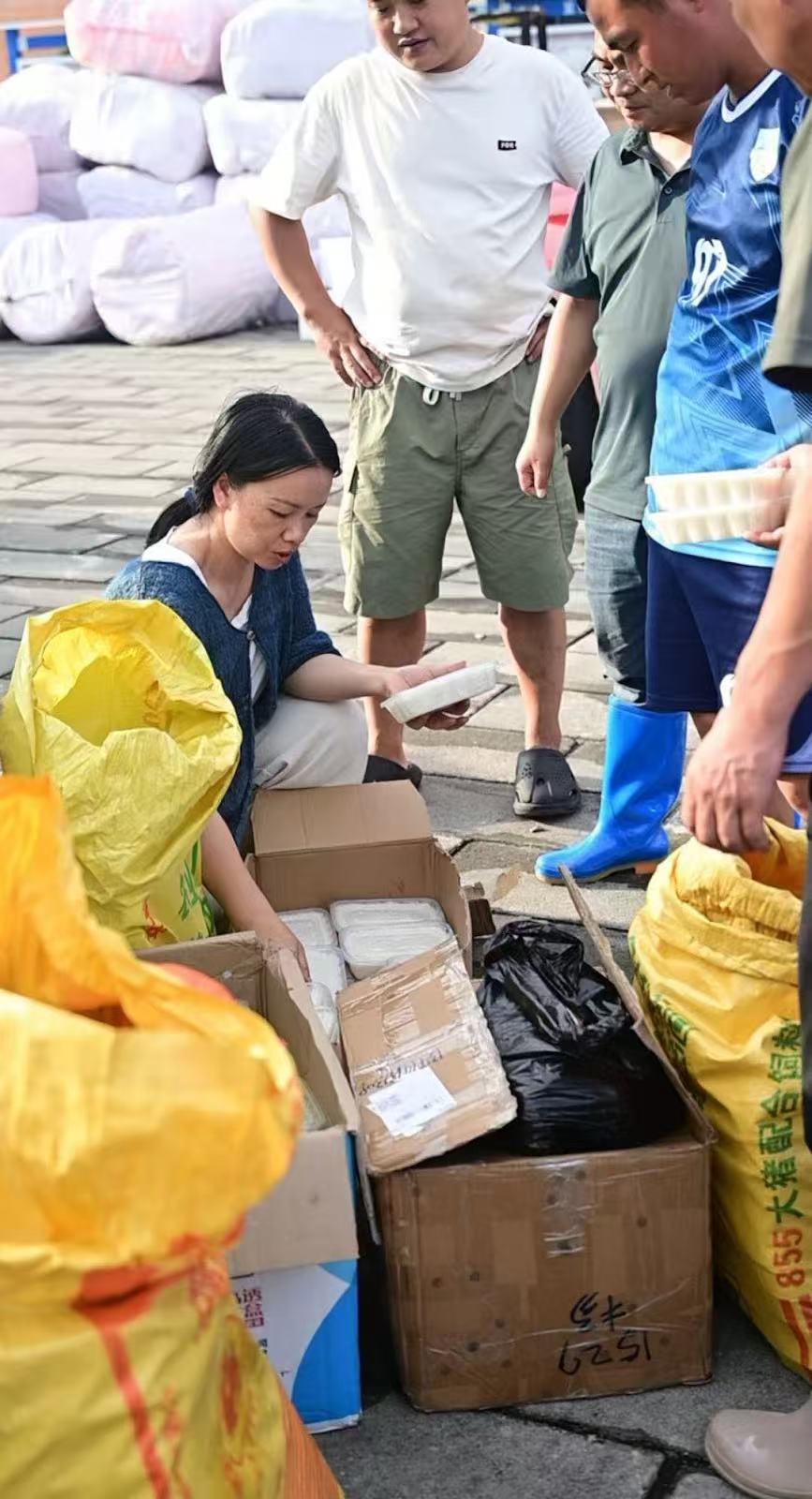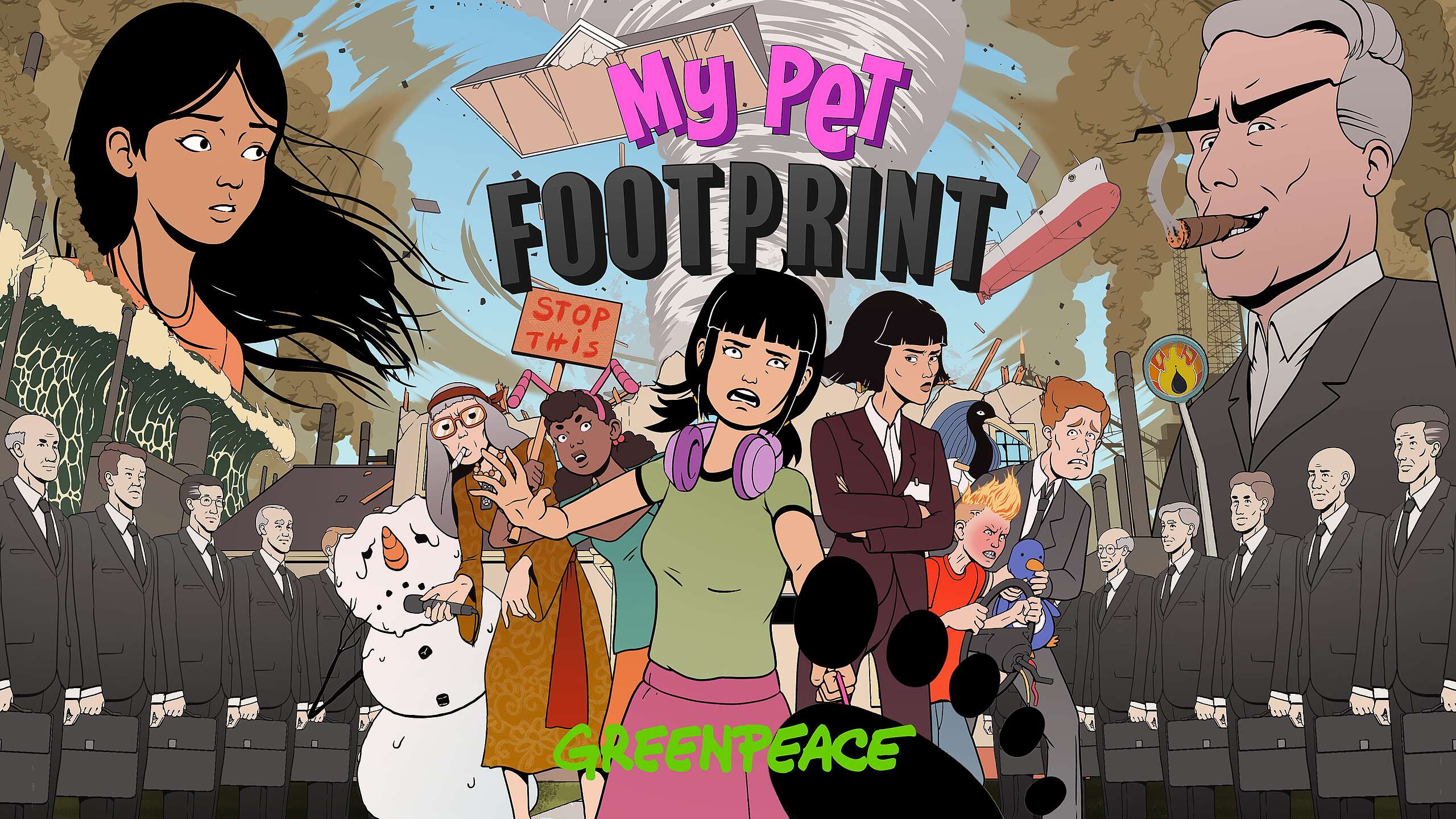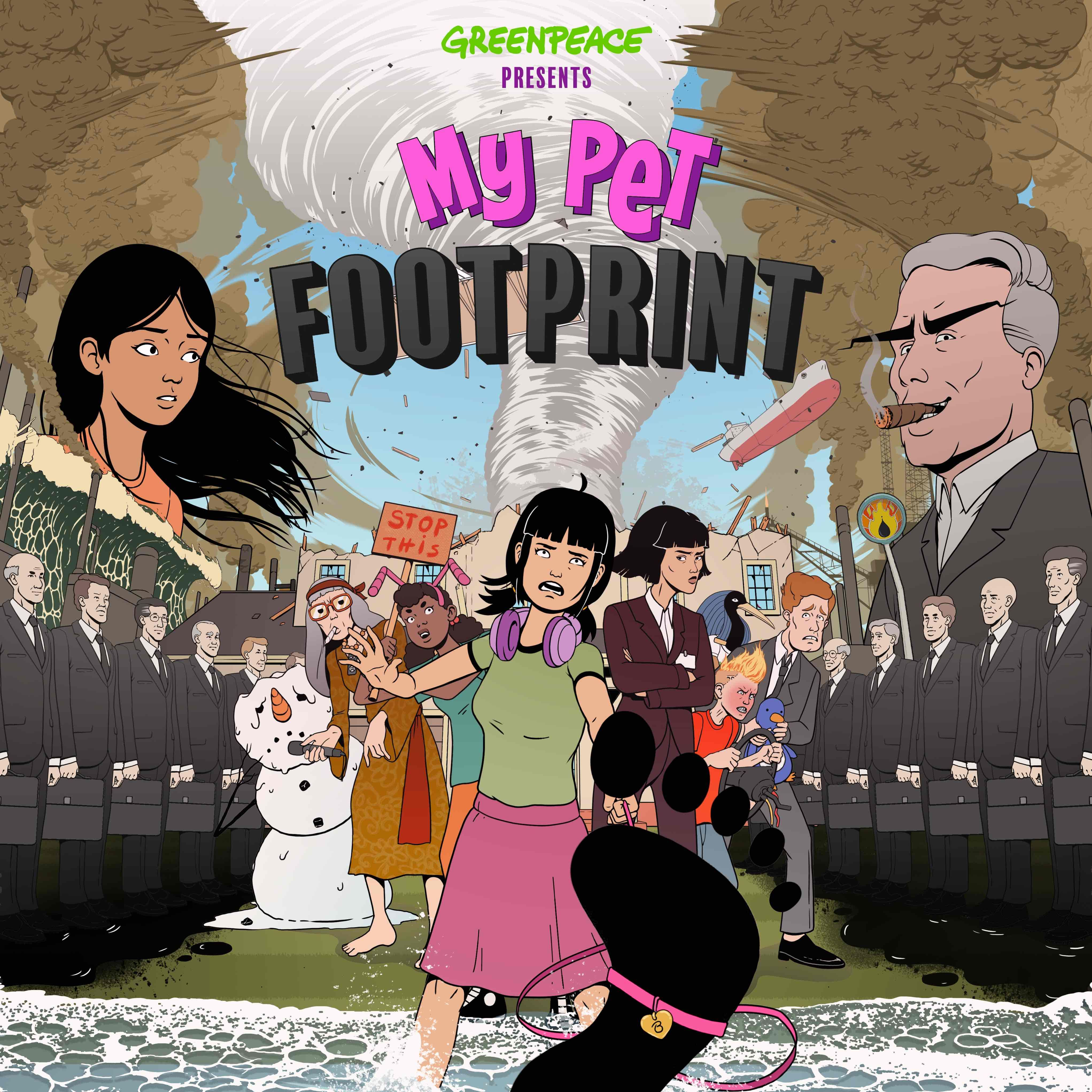Arctica and Antarctica are like second homes to Hong Kong polar explorer and researcher Wilson Cheung. There is a lot to share from his decade-long career from the heart of climate change and arctic glacier research. From living on polar lands, seeing glaciers melt to witnessing climate crises first-hand, his work can give us a glimpse on how our contemporary climate science works.
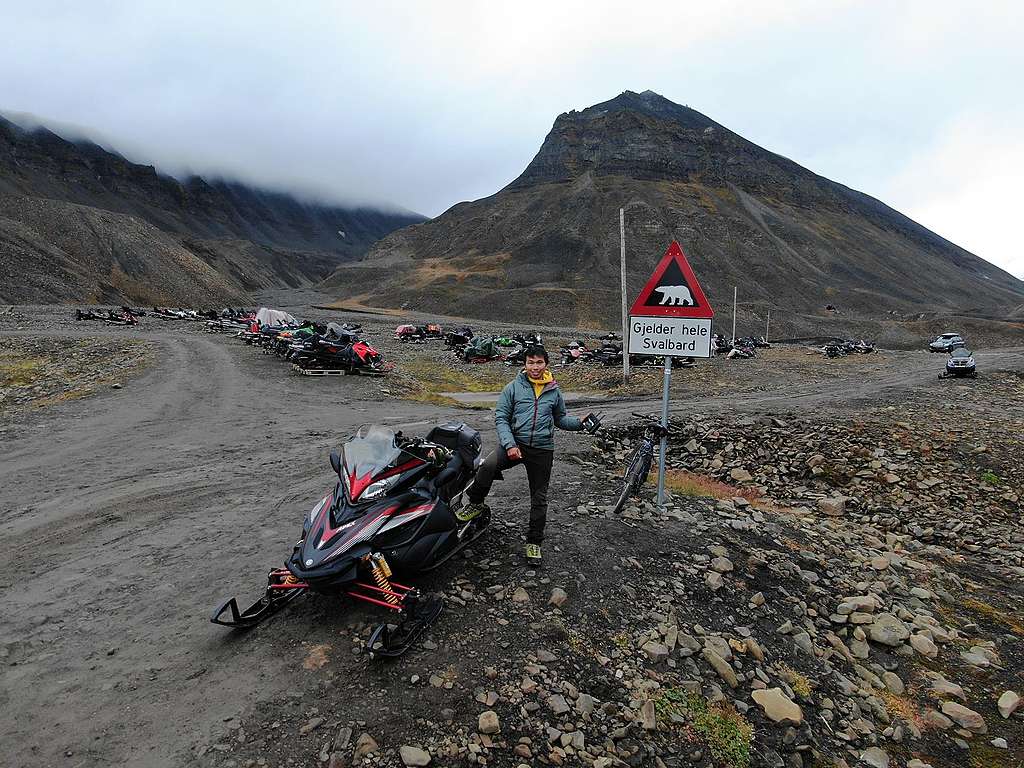
Melting glaciers, new climate research frontiers
There has been a fair share of staggering news about glaciers lately. The latest scientific papers revealed our glaciers are melting at a pace matching with the Intergovernmental Panel on Climate Change’s worst prediction (see the Guardian report). And in the Himalayas, a breakoff glacier caused a devastating flash flood in India. These incidents raise a question: should we know more about glaciers and their scientific realm?
As we were interviewing Cheung, he was at the Alfred Wegener Institute for Polar and Marine Research in Germany. A few days after, he was already on his way to the Arctic. He would probably be focusing on glacier research by the time of writing. He asked us about the MOSAiC expedition as we began our interview. It turns out the scientific field knew little about the arctic climate. Thus the MOSAiC – a one-year historical climate research expedition to the Arctic – was born. Led by a German icebreaker, a multinational team of scientists collected samples and data on winter in the Arctic Ocean. Cheung believes that the data is sufficient for ten years of scientific research on oceanology, sea ice and climate change.
As of his work in glacier research, Cheung surveys sea ice movement through image projection to measure water temperature and acidity changes. The Arctic Ocean is connected with all ocean currents, which impacts our oceans, climate and ways of life. Measuring the sizes of glaciers and accumulating data can help people understand their melting speed and impact on our ecosystem. And it’s a lifetime job.
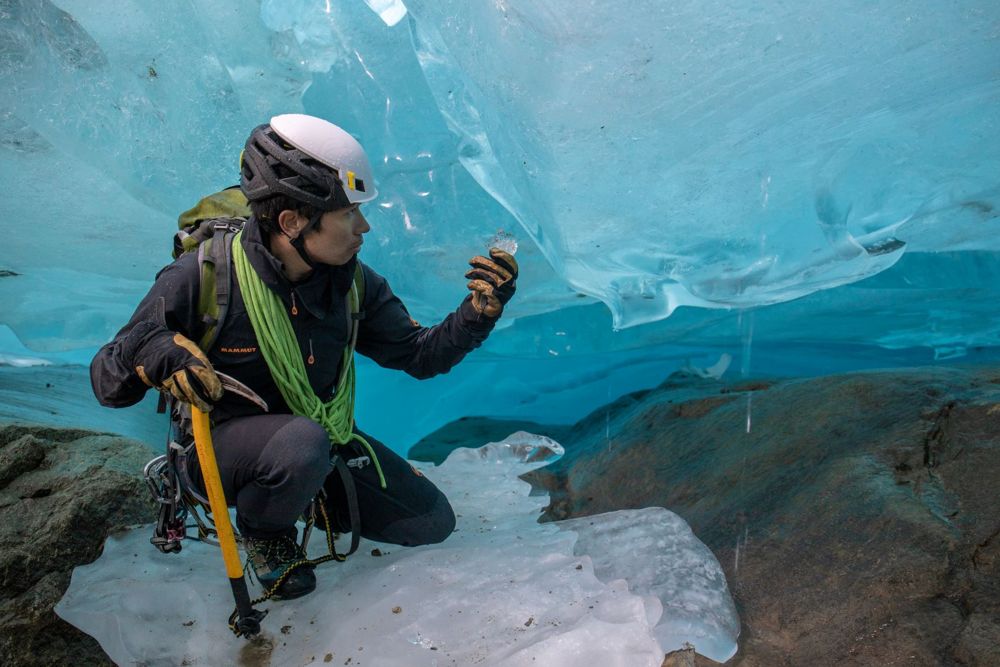
Glaciers as Earth’s database and humans’ history books
Cheung was born in the 1980s, but has already spent ten years on polar lands. Starting as Hong Kong’s first polar guide, he eventually became a leader in this field and is now also a safety consultant on polar exploration. He is also committed to polar science, with studies in oceanology and polar research in Russia, and spending his past two years in Germany studying glaciology.
“Glaciers are fun. The more I study them, the more I like them. They have stored our history and data on our atmosphere. To glaciologists, glaciers are great storytellers, like how water elements changed, or how topography changed and interacted with our climate”.
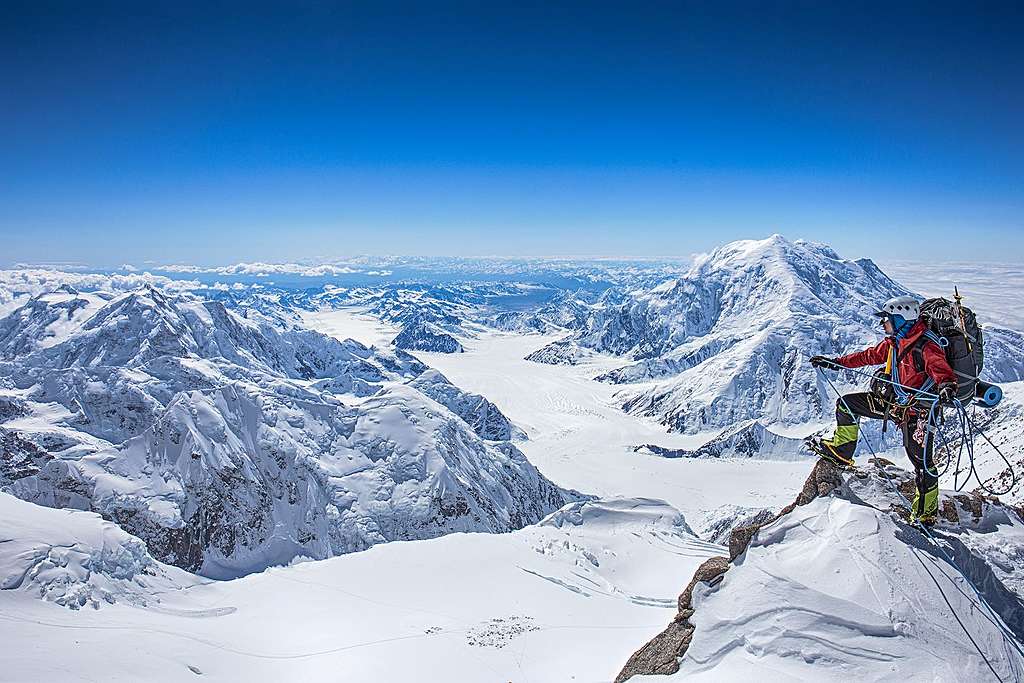
Back in the days, Europeans traders between Switzerland and Italy would travel across the Alps. Some may drop their items into the chasms, and some may even fall to their demise. And so the Alps have taken in all that history. Cheung also explained that glaciers help balance the earth’s temperature by reflecting some sunray. The fewer glaciers, the warmer we get. “Glaciers link many things together. They are a great medium in helping us understand the earth and its relationship with us.”
Cheung works at the forefront of polar and climate change. He thinks his decade of experience is inadequate in painting a scientific picture of the earth’s history. But he is sad to see the changes occurred. On Svalbard, where his research base is, the temperature has risen around 5℃ in the past 30 years with little snowfall. Glaciers there are also melting fast and have lost two metres worth of size. “If at one spot alone you can lose two metres, considering glaciers in the Arctic take up one-third of the earth, you’d see it’s serious when all numbers add up,” he said.
Stay positive and act in the face of the climate crisis
Like many others, he feels helpless in the face of our climate crisis. He believes governments worldwide must cooperate to face this global challenge. Then it takes the rest of the world to work together. But reality shows that it is easier said than done. The only time it worked was the Montreal Protocol, where countries unanimously banned ozone-damaging substances and allowed the ozone layer about the poles to recover over time.
But Cheung has his way to keep his positive attitude and drive as a scientist. “Looking at human history, whether it’s natural or human-made disasters, we always have had the ways or technology to overcome them. So there’s no need to be pessimistic. Is the world ending? We need to be prepared, but at the same time, think positive and find a way out, don’t think about throwing in the towel until the last minute – that’s if we ever need to consider that. We may not have a solution now, but we should keep recycling, conserving and reducing, and pushing for our next technological breakthrough, and hope we can get up and act as one, like back in the Montreal Protocol”.

Linking younger Hongkongers with the polars
Though based in Europe, Cheung still feels connected with his homeland. He thinks Hongkongers still have lots to learn to bring environmental awareness into everyday life, but hiking is so popular nowadays is a good sign. Cheung believes in reconnecting with nature because people have long lost the connection with it. “There are many ludicrous statistics about our city: half of our population cannot swim, but we live on a peninsula, and a half has never camped before even though 40% of our land is natural”, he said, “so go back to nature, forge that relationship, then you will be aware of and care about nature, then take action”. Start caring, then actions for change will follow.
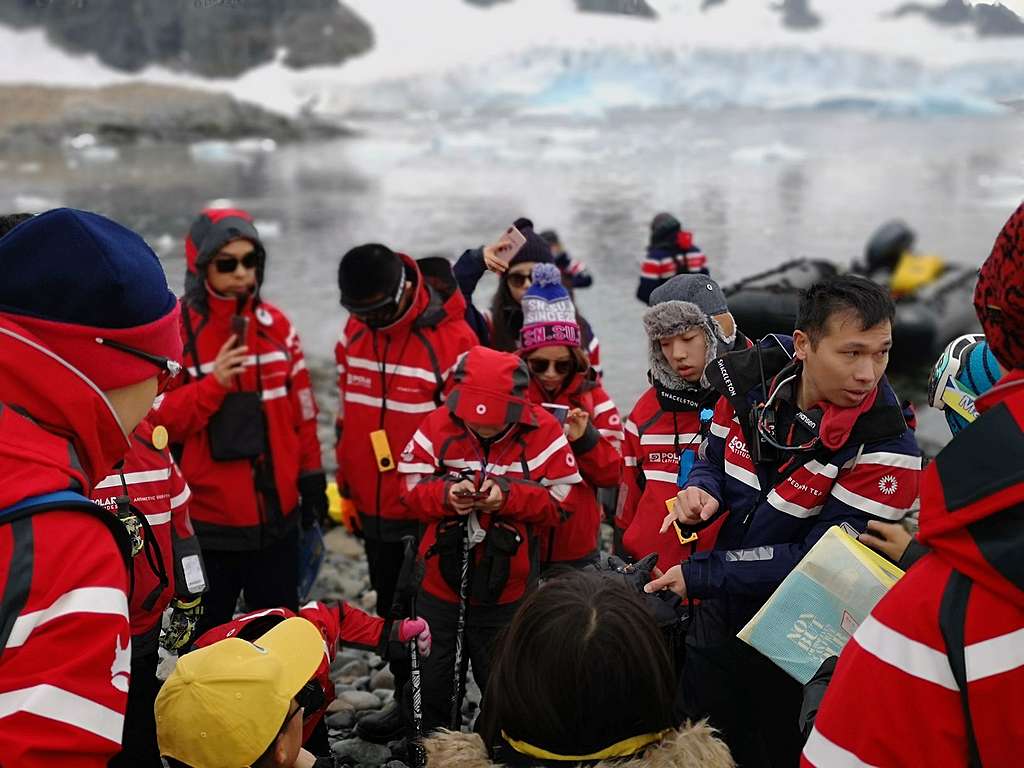
Before the pandemic, Cheung would return to his family in Hong Kong two to three times a year, and share his experiences in different schools. He would even host polar field trips for students, from primary to tertiary. His work represents Hong Kong in the polar lands, and giving back is always on his mind. Knowing human resources is scarce, he plans to build a platform for youngsters wishing to enter polar research. He hopes his network, expertise and experience can stimulate younger Hongkongers, especially when they have little hope for the future. This is what he hopes to do for Hong Kong and the world.
Notes:
[1] The MOSAiC expedition in full is Multidisciplinary drifting Observatory for the Study of Arctic Climate (MOSAiC)
[2] Check Wilson’s blog for more of his background and works
[3] “Ozone: CFC (chlorofluorocarbons) emissions are down by 68% since 1992, due to the 1987 UN Montreal Protocol. The ozone layer is expected to reach 1980 levels by mid-century. This is the good news.” from “World scientists’ warning to humanity” by Rex Wyler.
About “Let’s Talk about Climate Change” series
Climate change is not only here, but it has also evolved to “Climate Emergency”. As global citizens, we should not ignore the crisis we are in. Yet sometimes if not all, we might feel the issue is too big for us or too far away. We are inviting people in our local community, from all walks of life, to share with us how they connect to and make the effort to deal with climate change. Read More

